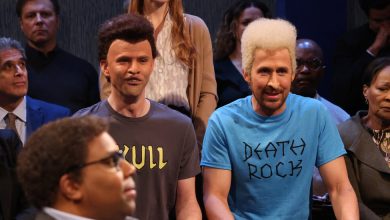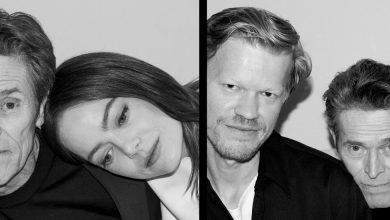One Man’s Quest for ‘Photographic Justice’

Rallies in opposition to the Vietnam War. Protests demanding justice for Vincent Chin, a Chinese American man who was beaten to death by two white autoworkers in 1982. Demonstrations against anti-Asian hate crimes early in the pandemic. No history book about Asian American activism over the last five decades is complete without the mention of the storied photographer Corky Lee, whose images of these displays of resistance are collected in CORKY LEE’S ASIAN AMERICA: Fifty Years of Photographic Justice (Clarkson Potter, $50).
Even toward the end of his life, Lee, who died of Covid-19 in 2021, was a tireless chronicler of the Asian American community, a category as vibrant and diverse and complicated as his oeuvre. But beyond capturing public acts of defiance, he was also a man with an intimate understanding of the invisible, turning his lens on behind-the-scenes fragments and people that the annals of history have largely ignored. “Every time I take my camera out of my bag,” he once said, “it is like drawing a sword to combat indifference, injustice and discrimination and trying to get rid of stereotypes.”
His ostensibly mundane portraits — a Chinese American mother hunching over a sewing machine as her child stands among mountains and valleys of clothes; a Korean American store owner, head-to-toe in ’90s prep wear, casually leaning against shelves of pantry staples; a lanky butcher fastidiously breaking down a pork carcass — are beautiful. They are also testimonies to the work of those who provided the clothes and comfort that helped make Asian American disobedience possible. And it is in these moments that we can glean perhaps the most generous act of care that Lee has left us with: to look dutifully and relentlessly at the people we love, as they view themselves.




